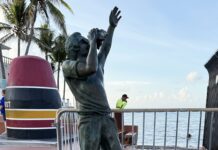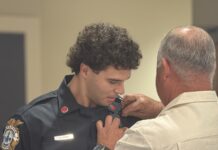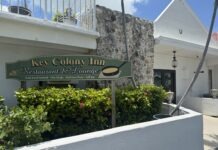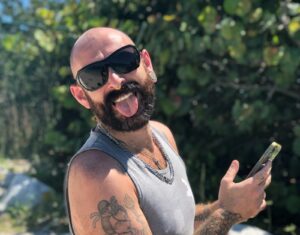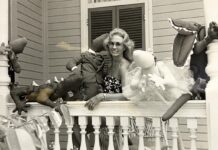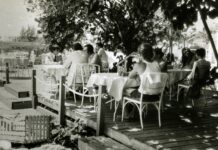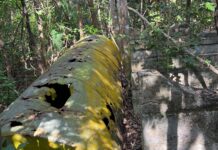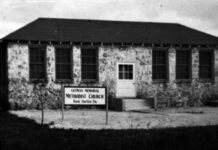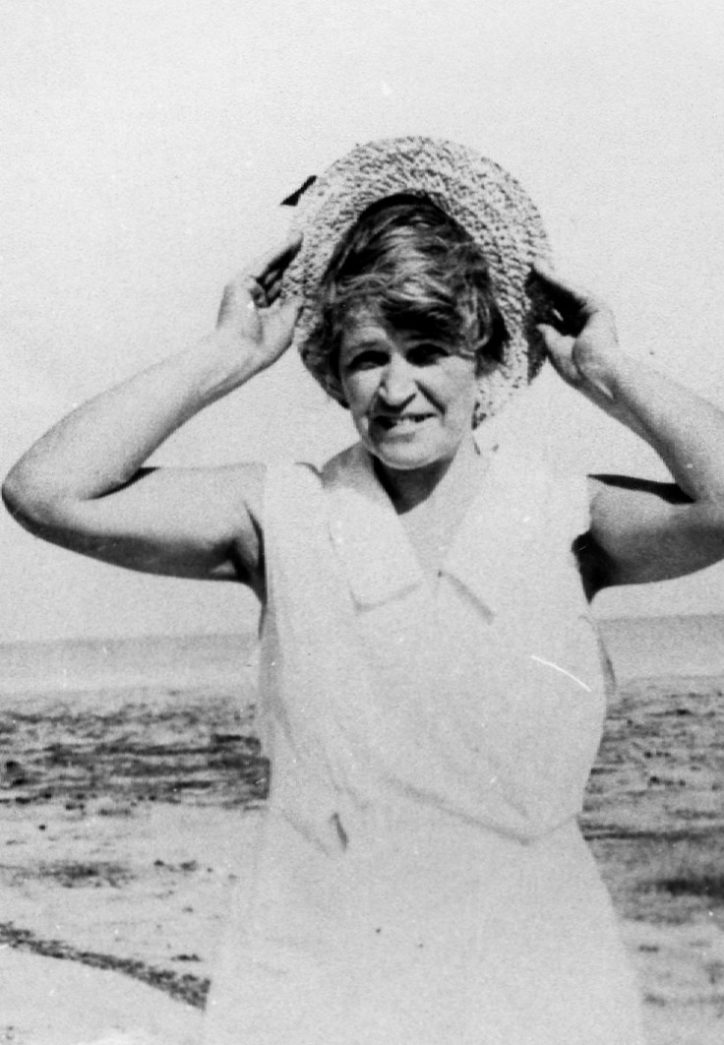 Accolades for Fern Butters’ Key lime pie
Accolades for Fern Butters’ Key lime pie
While the lovely Barbara Cockerham is Islamorada’s current Key Lime Pie Lady, she was not the first.
The original was Fern Butters, whom writer Nancy Powell wrote about in a Nov. 1, 1969 edition of The Key West Citizen: “For 40 years writers from all over the country have been glorifying the name of Islamorada’s Fern Butters mainly because she more or less ‘invented’ the Key lime pie.”
Fern Butters did not invent the tart Florida Keys delicacy, though she does have a hand in the beloved pie’s history. Though not the first Key lime pie served in the Florida Keys, it was perhaps the most celebrated.
Butters served her first Key lime pie in 1926, after discovering a grove of lime trees in the property bordering the Butterses’ first motel, the Key Inn, built along a burgeoning Overseas Highway.
Their second Keys hotel was the Hotel Matecumbe, destroyed in the 1935 Labor Day Hurricane, and rebuilt a decade later as The Fern Inn. The building would be, for a time, home to MA’s Fish Camp, where Cockerham baked her Key lime pie in the same kitchen that Fern Butters once baked her world-famous dessert. Today, that building is occupied by Reefers gastropub.
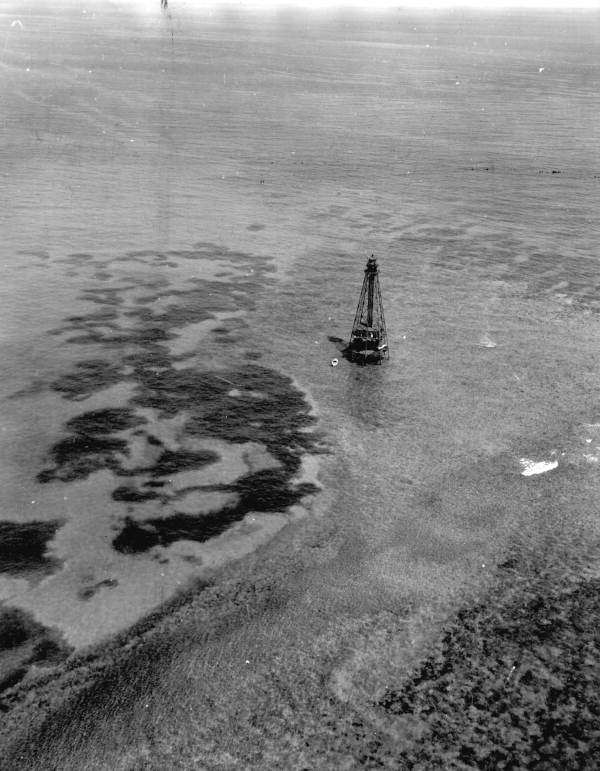
Sombrero (the vanishing) Key
While the coral reef it marks is called Sombrero Reef, the lighthouse placed atop it is not called Sombrero Lighthouse, but Sombrero Key Lighthouse. Though it has been washed away over time, there was once a little spit of land at the site.
On early charts, the islet was identified as Cayo Sombrero. J.W. Norie, in his “Piloting Directions for the Gulf of Florida, the Bahama Bank, & Islands,” published in 1828, states: “About 5 miles S. 1/4 E. from the west end of Cayo Vacas, there is a small sandy kay on the reef, called by the Spaniards Cayo Sombrero; this is the easternmost kay on the reef.”
Sombrero Key was also known as Dry Bank. In John Lee Williams’ early account of Florida, published in 1837, he described Kay Sombrero (Sombrero Key) as “the easternmost islet on the reef. It is situated six or seven miles N.E. from Bahia Honda, and four miles S.W. from Knight’s Key, the western key of the Vaccas group. It is but a patch of rock, covered with a few mangroves and pieces of wreck.”
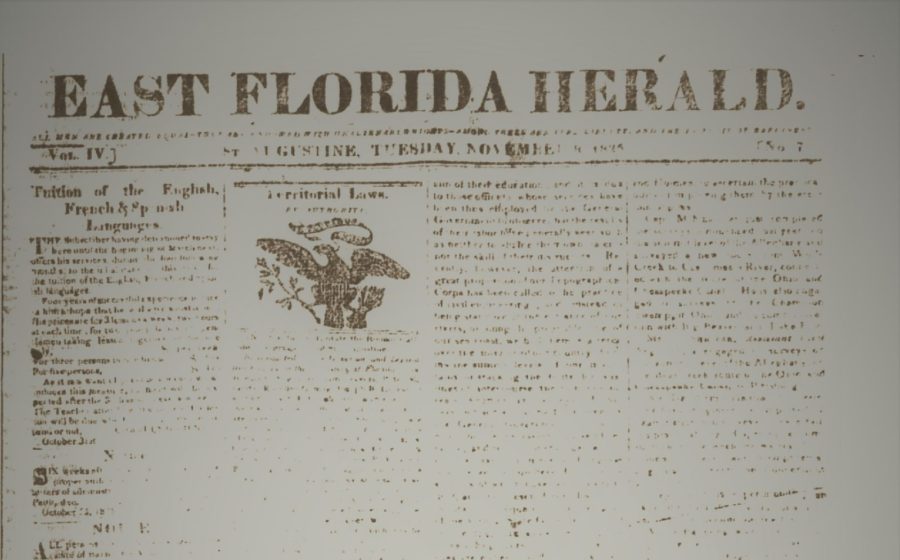
Browne v. Housman
Fielding A. Browne opened a can of worms in 1825 when he publically accused wrecker John Jacob Housman, then of Key West, of breaking the law.
Browne, a town merchant at the time, and Key West’s collector of customs, would later serve as the island’s second mayor. For his part, Housman and his crew salvaged the wreck of the Revenge.
Wreckers were required to go to any American port-of-entry to register their salvage claim, and the ports at either St. Augustine or Key West would satisfy that requirement. Captain Housman chose not to take his claim to Key West, but to instead sail off to the more distant St. Augustine. Browne, thinking Housman was headed to South Carolina with the salvaged cargo, charged that Housman had “defied the civil and military authorities of this place to proceed to Charleston to dispose of his cargo.”
Housman replied to Browne’s charge, also publicly, with a letter published in the East Florida Herald on Oct. 29, 1825: “After I had saved all her cargo that was in my power, I proceeded directly to the port of St. Augustine, where the circumstances attending the salvage were investigated by the Admiralty Court of East Florida, and a portion of the property was decreed to me for salvage. The remainder of this property is in the registry of the said Court, subject to the application of the proper owner, and there the said F.A. Browne, may find it, if he has any authority to do so. I shall take another occasion to lay before the public, a history of the impartial and disinterested conduct of the gentlemen of many avocations at Key West, in their disposal of property falling under their control, and it will then be fairly understood whether there was most wisdom or folly in my giving a preference to a decision at St. Augustine over one at Key West.”
It would not be the last time Housman and Key West would fail to see eye to eye.
Brad Bertelli is curator of the Keys History & Discovery Center.

